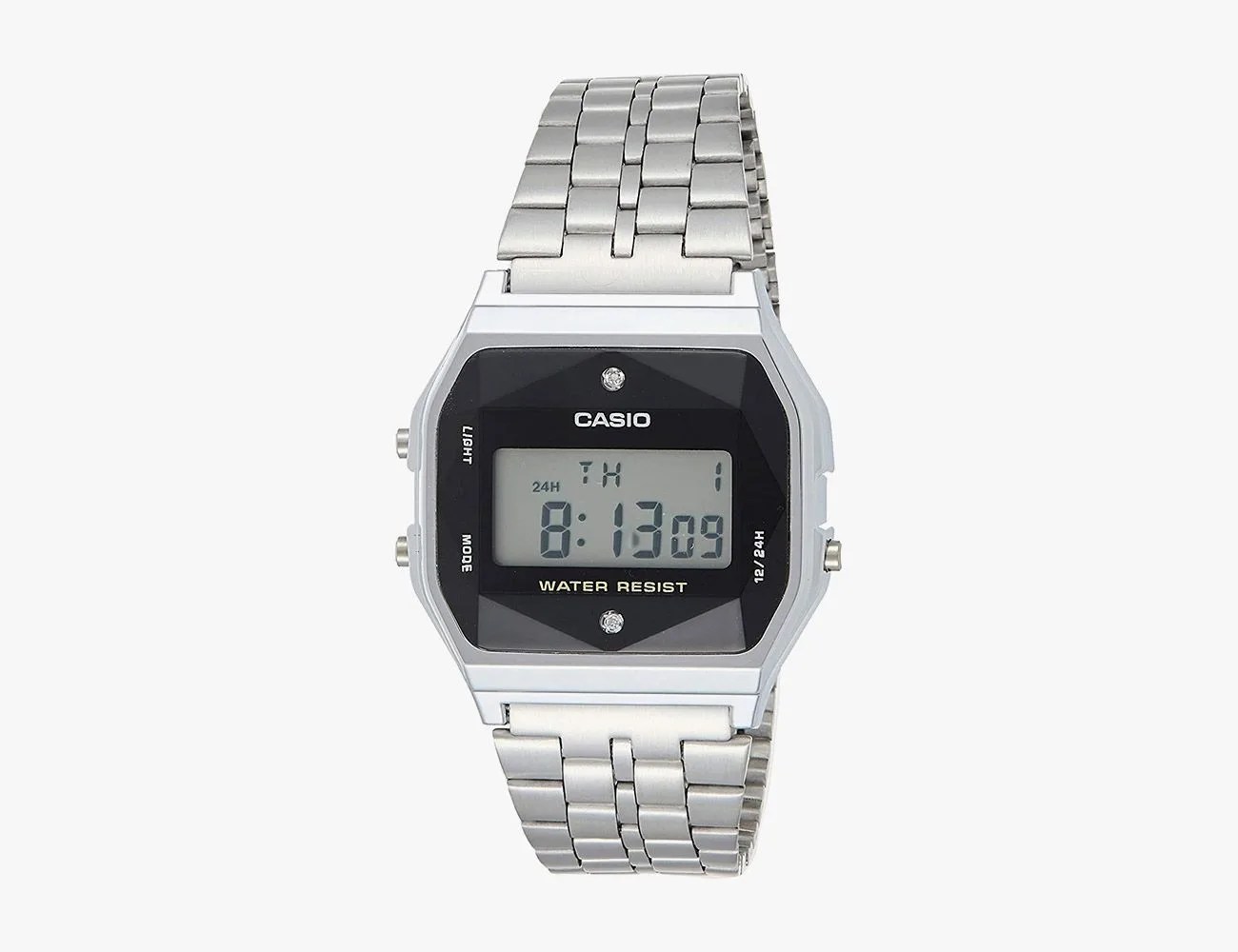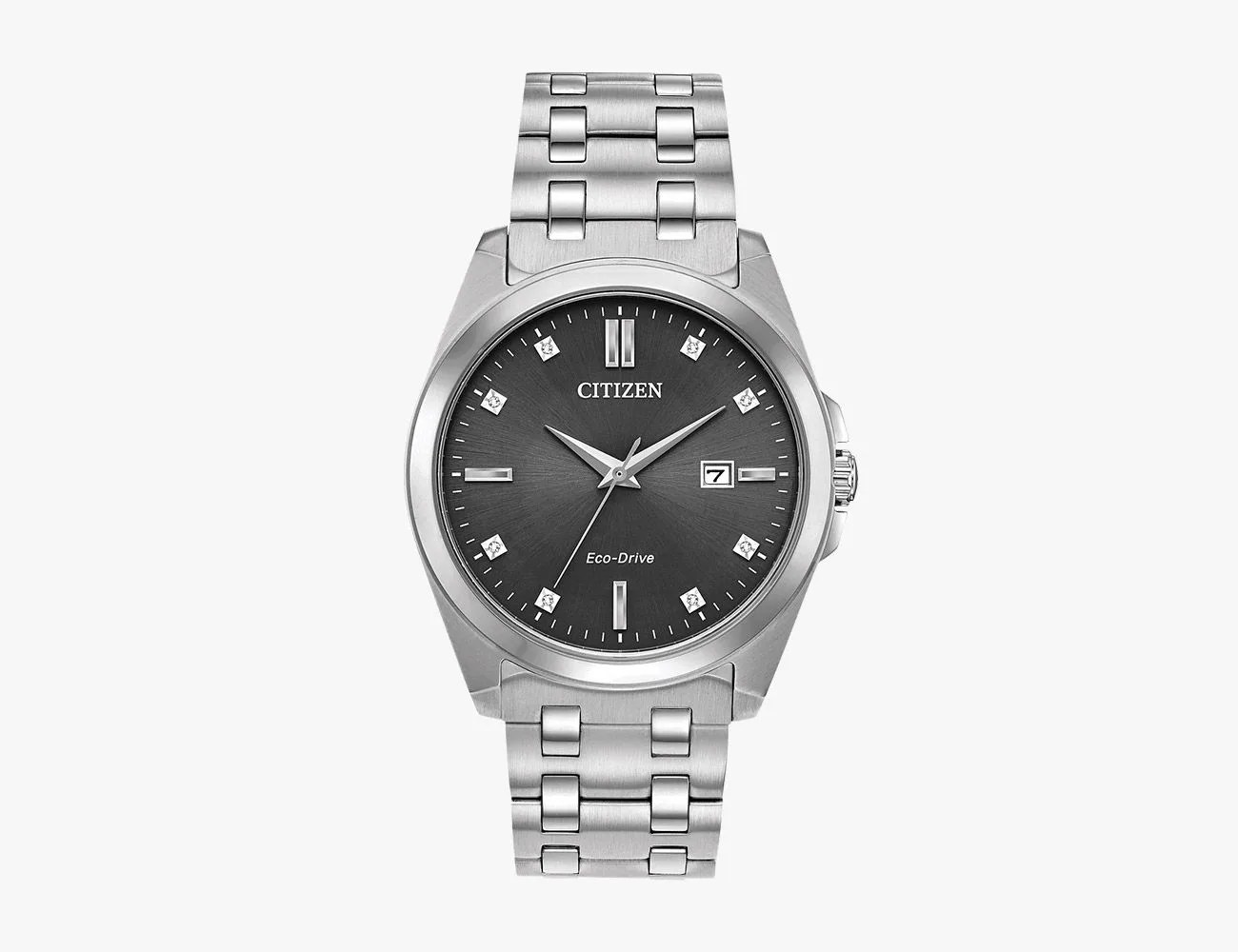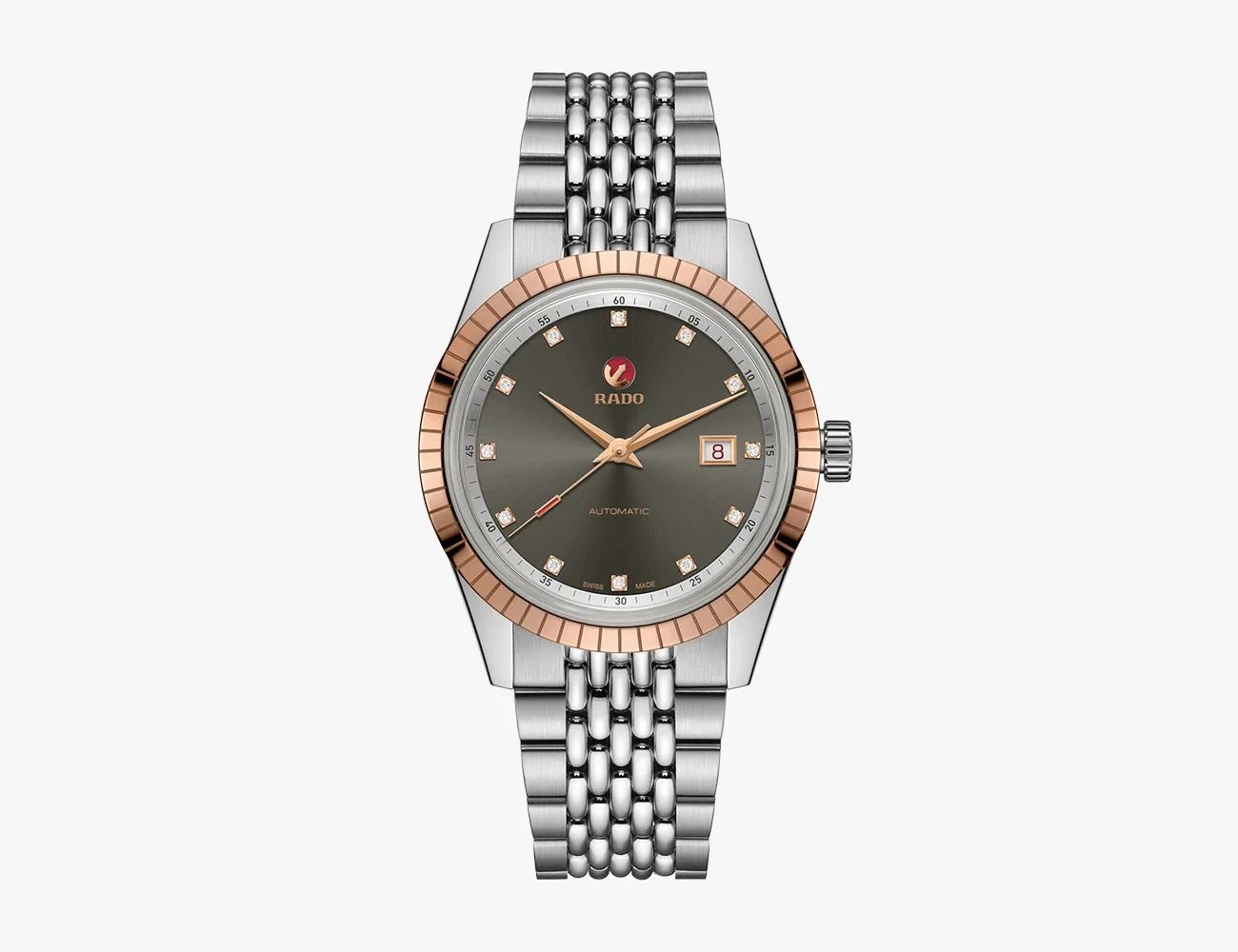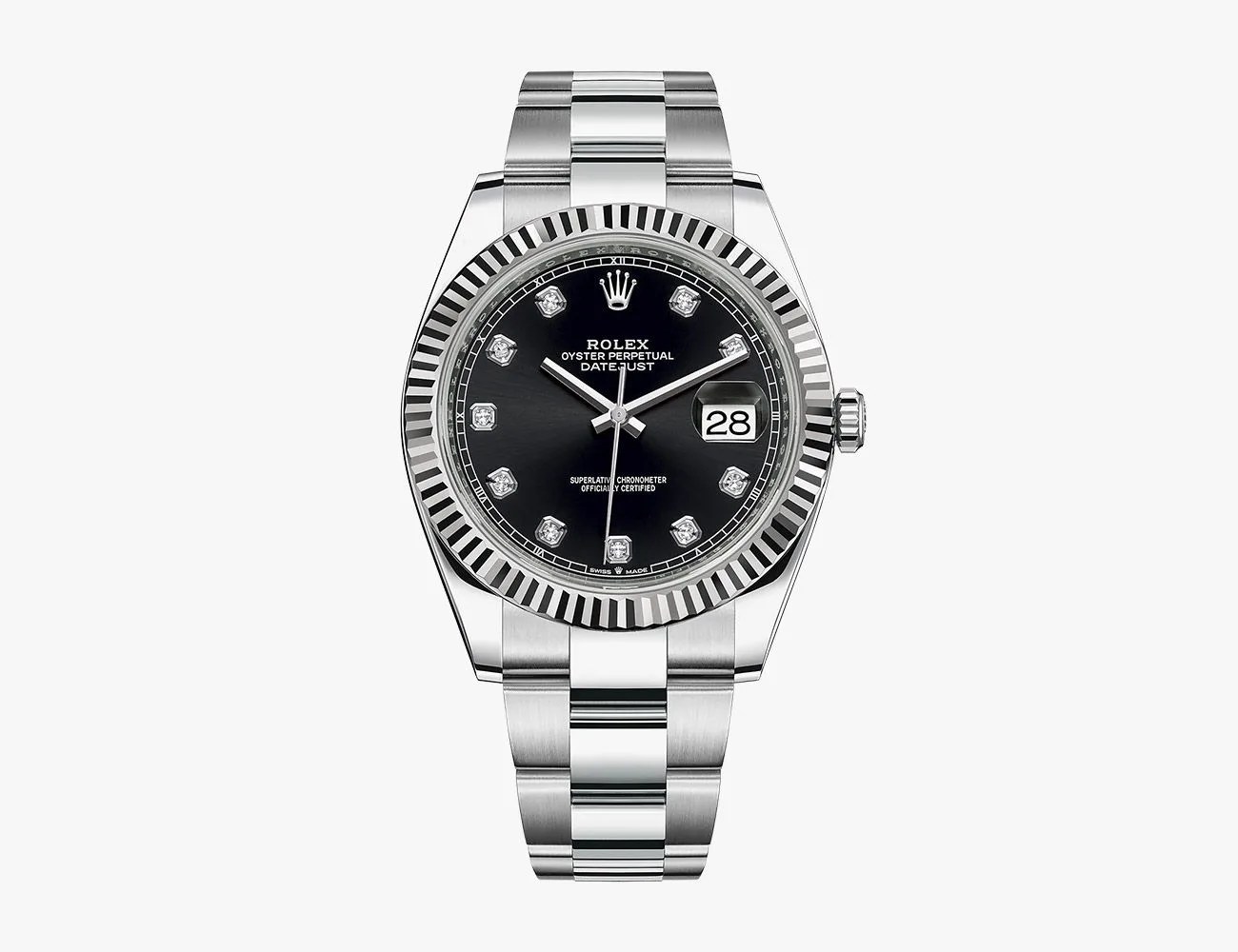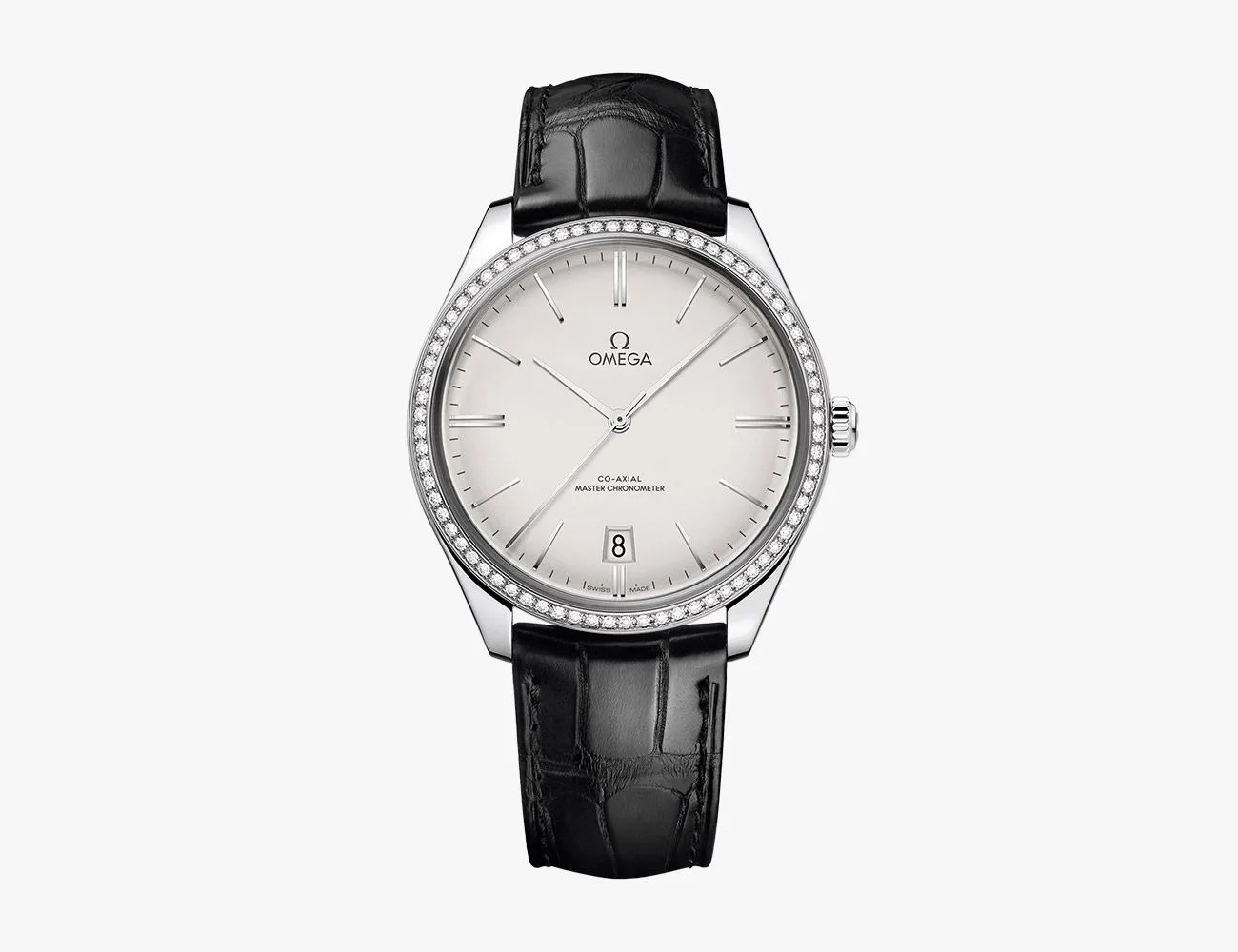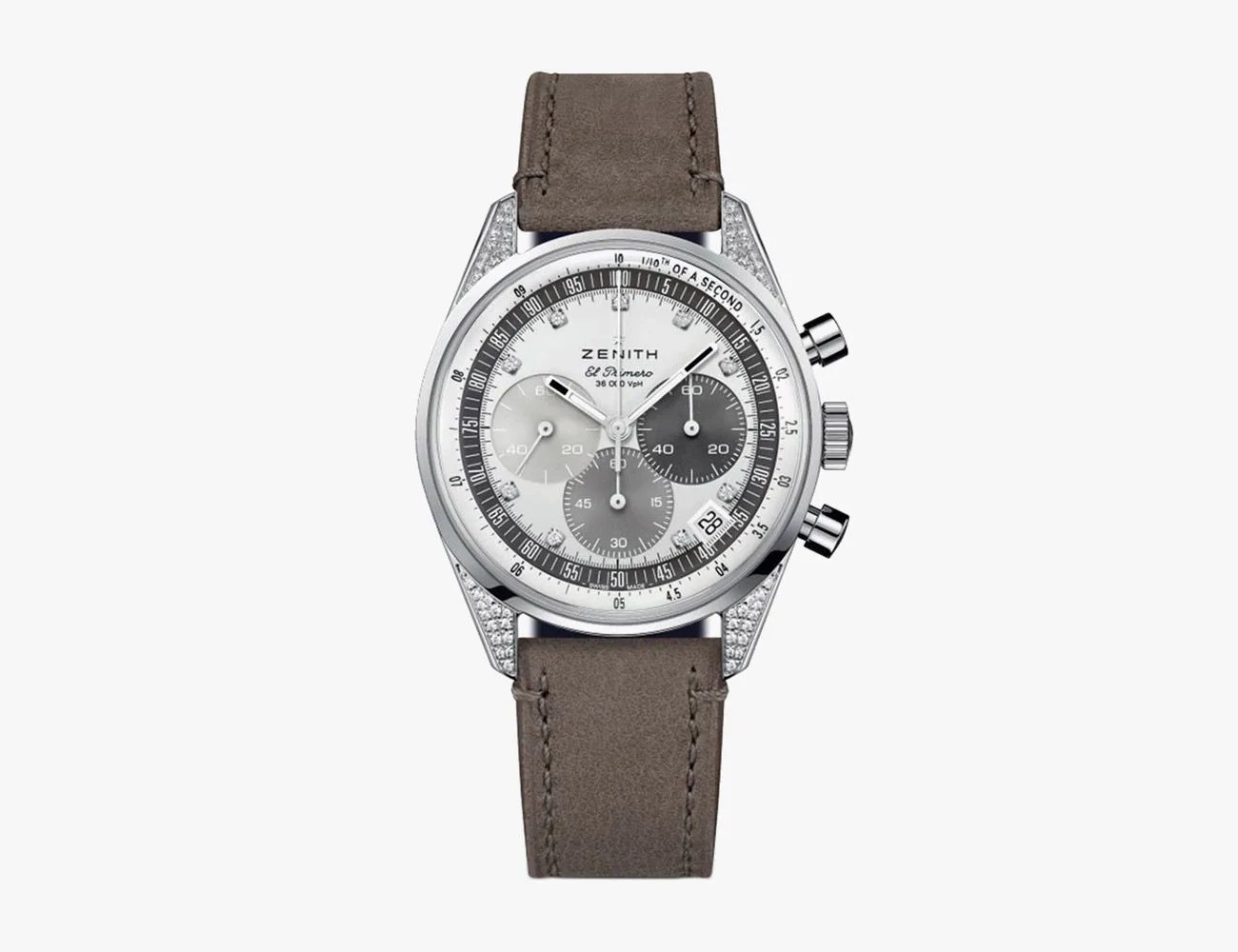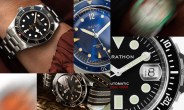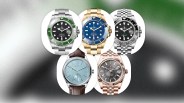Guys love their rough-and-tumble tool watches and patina, but also their fancy, shiny timepieces. Masculine bling in the form of polished steel or gold is perfectly normal, it seems, so why are stones like diamonds overwhelmingly restricted to women’s watches? Can a mineral be inherently feminine? We’re simply talking about a type of rock, and this is the 2020s — gender norms beg to be questioned and transcended.
So, you’ve got to ask yourself: how do you feel about diamond watches for men?
The very idea of a distinction between men’s and women’s watches is more and more outmoded. Usually defined by size, brands are increasingly selling watches labeled “unisex” (not that it’s particularly helpful), but segmenting collections by gender is still typical. Many female horology fans wear watches designed for men and feel frustrated that so many products presumably made for them feature stereotypical motifs like flowers, butterflies, pink, purple and, yes, diamonds. Diamond watches for men, however, remain rare, so why shouldn’t the norm-busting go in the other direction as well?
It turns out that these attitudes are more relevant in certain countries than in others, and that diamond watches for men are relatively popular in significant parts of the world (though there are also plenty sold in places like the United States, as well). We see celebrities wearing crazy “iced-out” full-pavé watches and the like, but for more regular folks there’s no reason that an interesting material should be off the table as an option as long as it’s tastefully integrated.
Why might you want diamonds on your watch? Diamonds do a couple things: they sparkle like crazy and they communicate value (you knew that). But they can also add interest to a watch in a few ways. First of all, they’re just objectively cool objects to look at up close and represent natural phenomena that any science buff should appreciate — being the hardest natural material known, formed under crazy conditions over millions of years, miles within the earth. The rarity and remarkable level of purity of gem-quality diamonds also makes them fascinating as well as gives them inherent value.
In addition to these physical properties, diamond selection, cutting and setting represent exactly the kind of skill and craftsmanship that watch enthusiasts tend to appreciate in other forms. This means that there’s more value and cost associated with a diamond watch than just that of the diamonds themselves, but also be aware that precious materials in general serve as an excuse for brands to mark up prices even further. If you’re interested in a watch with diamonds, here are a few things to consider, and a few options:
Carats: In diamonds, carats (also karats and abbreviated c, k, ct or kt) refers to the mineral’s weight, one carat being equal to 0.2 grams. Note that this is different than in precious metals like gold where the term denotes purity.

